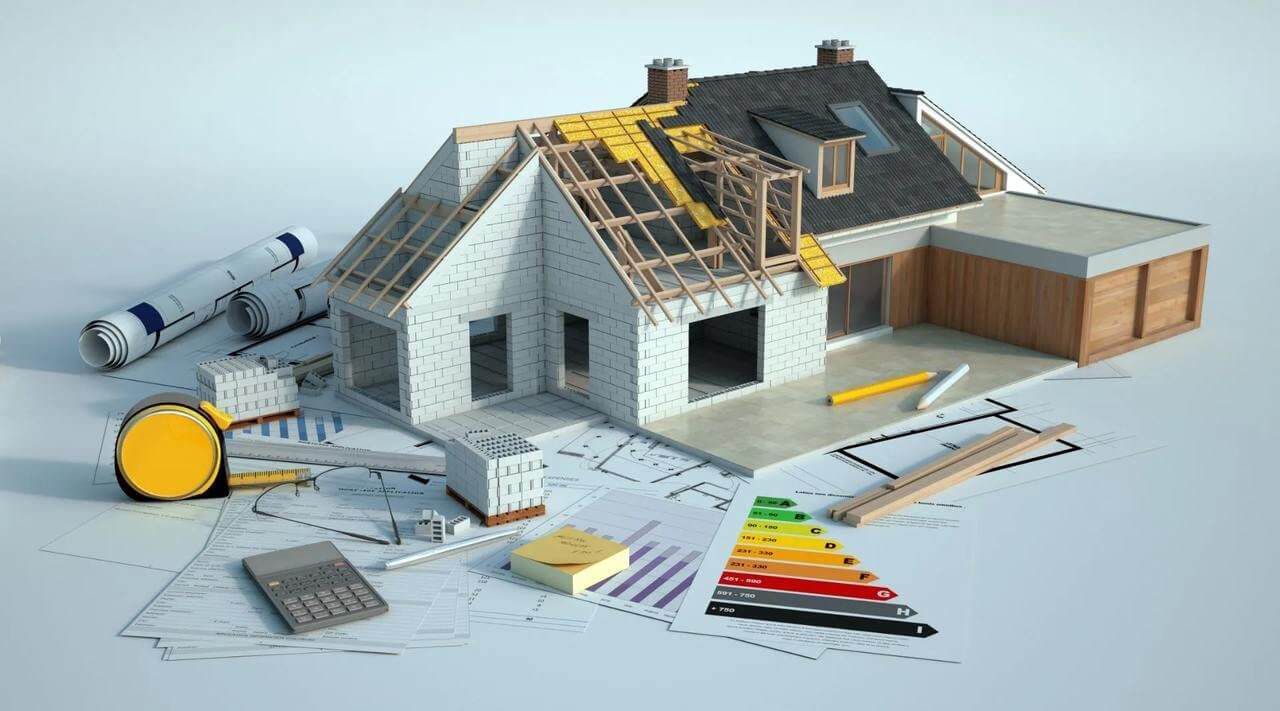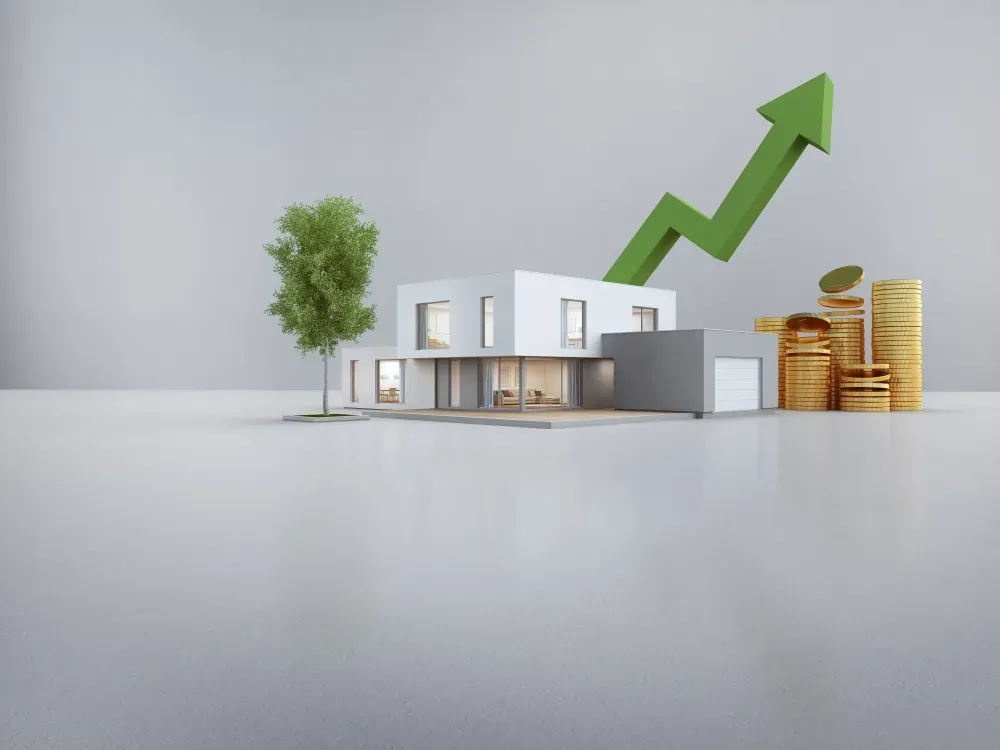Tariff Tremors: Could International Trade Policies Shake Up Las Vegas Housing Prices?
I'll never forget the day I first understood how complex economic policies could impact something as personal as home ownership. Sitting in a small coffee shop in Las Vegas, I overheard a heated conversation between two real estate agents discussing how international trade decisions could potentially increase housing costs. That moment sparked my curiosity and drove me to explore the intricate relationship between tariffs and housing prices.

What Are Tariffs and How Do They Work?
Defining Tariffs
Tariffs are essentially taxes imposed on imported goods. Think of them like a border toll for products crossing international boundaries. When a government adds a tariff, it means imported items become more expensive.
Basic Mechanics of International Trade Policies
Here's how tariffs work in simple terms:
- Government sets a tax on imported goods
- Importers pay this additional cost
- Increased costs typically get passed to consumers
- Prices of products and materials rise
Historical Context of Tariffs and Housing Markets
Past Economic Shifts
Historical data shows that trade policies can significantly impact housing markets. During previous economic transitions, tariffs have created both challenges and opportunities for real estate sectors.
Lessons from Previous Trade Controversies
Key takeaways from past trade policy impacts include:
- Material costs can fluctuate dramatically
- Construction industries adapt quickly
- Consumer behavior changes with pricing shifts
Direct Impact on Construction Materials
Lumber Tariffs
Lumber is a prime example of how tariffs directly affect housing costs. Recent trade policies have caused lumber prices to swing wildly, sometimes increasing home construction costs by thousands of dollars.
Steel and Metal Pricing
Metal tariffs can substantially increase the cost of:
- Structural components
- Roofing materials
- Architectural elements
Imported Building Components
Many construction materials come from international sources, making them susceptible to tariff-related price changes.
Housing Market Dynamics in Las Vegas
Local Real Estate Trends
Las Vegas presents a unique market with:
- Rapid population growth
- Diverse economic influences
- Sensitive pricing mechanisms
Unique Economic Landscape of Nevada
Nevada's housing market responds distinctively to national economic trends, with Las Vegas often acting as a bellwether for broader market shifts.
Cost Breakdown: How Tariffs Translate to Home Prices
Material Cost Increases
Potential tariff impacts on home prices:
| Material Type | Potential Price Increase |
|---|---|
| Lumber | 10-25% |
| Steel | 15-30% |
| Ceramics | 5-15% |
| Electrical | 8-20% |
Construction Expense Analysis
Each percentage point increase in material costs can translate to thousands of dollars in home prices.
Percentage Impact Calculations
A 10% increase in material costs could potentially add $20,000-$50,000 to a typical home's price in the Las Vegas market.
Ripple Effects on Home Buyers
Affordability Challenges
Higher material costs mean:
- Fewer new construction projects
- Increased home prices
- Potential market slowdown
First-Time Homeowner Implications
First-time buyers might face:
- Higher down payment requirements
- More challenging mortgage approvals
- Reduced purchasing power
Strategies for Homebuyers and Investors
Navigating Price Uncertainties
Smart strategies include:
- Monitoring trade policy news
- Flexible home purchasing timelines
- Consulting with local real estate professionals
Smart Investment Approaches
Consider:
- Diversifying real estate investments
- Exploring alternative markets
- Understanding long-term trends
Expert Perspectives
Economist Insights
"Tariffs create complex market dynamics that extend far beyond simple price increases," says Dr. Emily Richardson, economic policy researcher.
Real Estate Professional Opinions
Local Las Vegas realtor Mark Thompson notes, "Adaptability is key in our current market landscape."
Frequently Asked Questions
Q: How quickly do tariff changes impact housing prices?
A: Typically within 3-6 months of implementation.
Q: Are all housing markets equally affected?
A: No, regional variations exist based on local economic conditions.
Q: Can tariffs be completely avoided?
A: No, but strategic planning can mitigate their impact.
Conclusion: Navigating Uncertain Waters
Understanding tariffs and their potential housing market impacts requires ongoing education and strategic thinking. While uncertainties exist, informed consumers can successfully navigate these complex economic landscapes.
Internal Links
- Explore our home page
- Check our services for Spanish-speaking clients
- Contact us for personalized real estate guidance
- Learn about our listing agent services
Disclaimer: Economic predictions involve inherent uncertainties. Always consult professional financial advisors for personalized guidance.


















